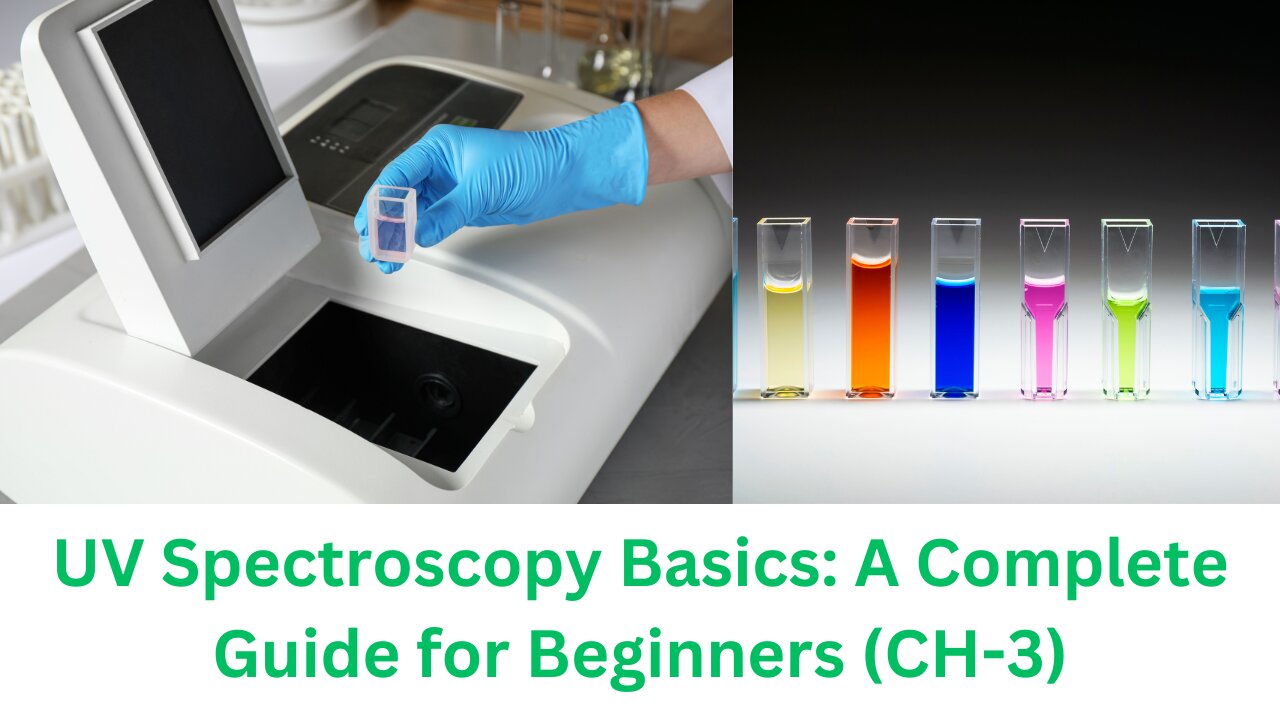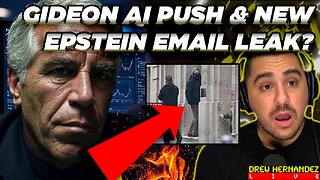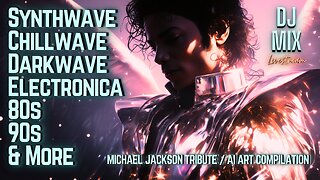Premium Only Content

UV spectroscopy (Chapter 3)
UV Spectroscopy (Ultraviolet Spectroscopy) is an analytical technique used to measure the absorbance or transmittance of UV light by a substance. It operates within the UV region of the electromagnetic spectrum, specifically between 200 and 400 nanometers. UV spectroscopy is widely used in chemistry, biology, and environmental sciences due to its ability to provide valuable information about the molecular structure, concentration, and behavior of different substances.
Key Principles of UV Spectroscopy
Absorption of UV Light: Molecules absorb UV light at specific wavelengths, causing electrons to transition from a ground state to an excited state. The specific wavelengths and intensities of absorbed light depend on the electronic structure of the molecule, particularly the types of bonds and functional groups present.
Electronic Transitions: UV spectroscopy primarily involves electronic transitions, such as π to π*, n to π*, and σ to σ* transitions. These transitions occur in various types of chemical bonds, such as double bonds or lone pairs, and are useful in identifying unsaturated compounds or those with aromatic rings.
Beer-Lambert Law: UV spectroscopy often uses the Beer-Lambert Law to determine the concentration of an analyte in a solution. According to this law, the absorbance of a substance is directly proportional to its concentration and the path length of the UV light through the sample. This makes UV spectroscopy an effective tool for quantitative analysis.
Applications of UV Spectroscopy
Identifying Compounds: UV spectroscopy is valuable in identifying organic compounds with conjugated systems, such as aromatic rings, which have distinct absorption patterns.
Quantitative Analysis: It is used to determine the concentration of compounds in a solution, especially in pharmaceuticals, biochemistry, and environmental monitoring.
Quality Control and Purity Testing: UV spectroscopy helps assess the purity of chemical compounds and detect contaminants, making it essential in industries like pharmaceuticals and food production.
Studying Reaction Kinetics: Researchers use UV spectroscopy to monitor reaction rates and study kinetic behavior by observing changes in absorbance over time.
Advantages of UV Spectroscopy
Non-Destructive: UV spectroscopy is a non-destructive method, meaning the sample remains intact after analysis.
Quick and Simple: It provides rapid results and requires minimal sample preparation.
High Sensitivity: UV spectroscopy is highly sensitive and can detect even small concentrations of analytes.
In summary, UV spectroscopy is a versatile, fast, and effective tool for identifying and quantifying compounds, offering a deep insight into molecular structures and behaviors across diverse scientific fields.
-
 44:41
44:41
Inverted World Live
11 hours agoPolitical Violence in Minnesota w/ AK Kamara
157K16 -
 6:29:40
6:29:40
SpartakusLIVE
11 hours ago#1 Massive MEAT-HEAD can't stop WINNING, can't stop FLEXING
76K -
 5:09:25
5:09:25
Drew Hernandez
12 hours agoGIDEON AI THREAT DETECTION SOFTWARE PUSH & NEW EPSTEIN EMAIL LEAK?
45.4K24 -
 2:03:51
2:03:51
TimcastIRL
8 hours agoTrans Minneapolis Shooter BLAMED Massacre On Mom & Gender Transition | Timcast IRL
181K335 -
 47:29
47:29
Man in America
14 hours agoIT DOESN'T ADD UP: The Trans Shooter's Story Is FULL of Holes
54.1K58 -
 3:59:36
3:59:36
StevieTLIVE
7 hours agoFriday Night Warzone HYPE
42K1 -
 3:47:10
3:47:10
SynthTrax & DJ Cheezus Livestreams
1 day agoFriday Night Synthwave 80s 90s Electronica and more DJ MIX Livestream Michael Jackson / AI Art Compilation Edition
50.9K2 -
 1:03:57
1:03:57
Sarah Westall
8 hours agoMara Lago Accord Joins the Fed, Fed Waves the White Flag & more w/ Andy Schectman
33.3K1 -
 2:44:12
2:44:12
I_Came_With_Fire_Podcast
1 day ago*BREAKING* Special Guest Katarina Szulc
43.1K8 -
 3:22:20
3:22:20
megimu32
8 hours agoOFF THE SUBJECT: FAFO Friday! Bodycams & Mario Kart Mayhem!
28.8K4